SUMMARY
This is AI generated summarization, which may have errors. For context, always refer to the full article.
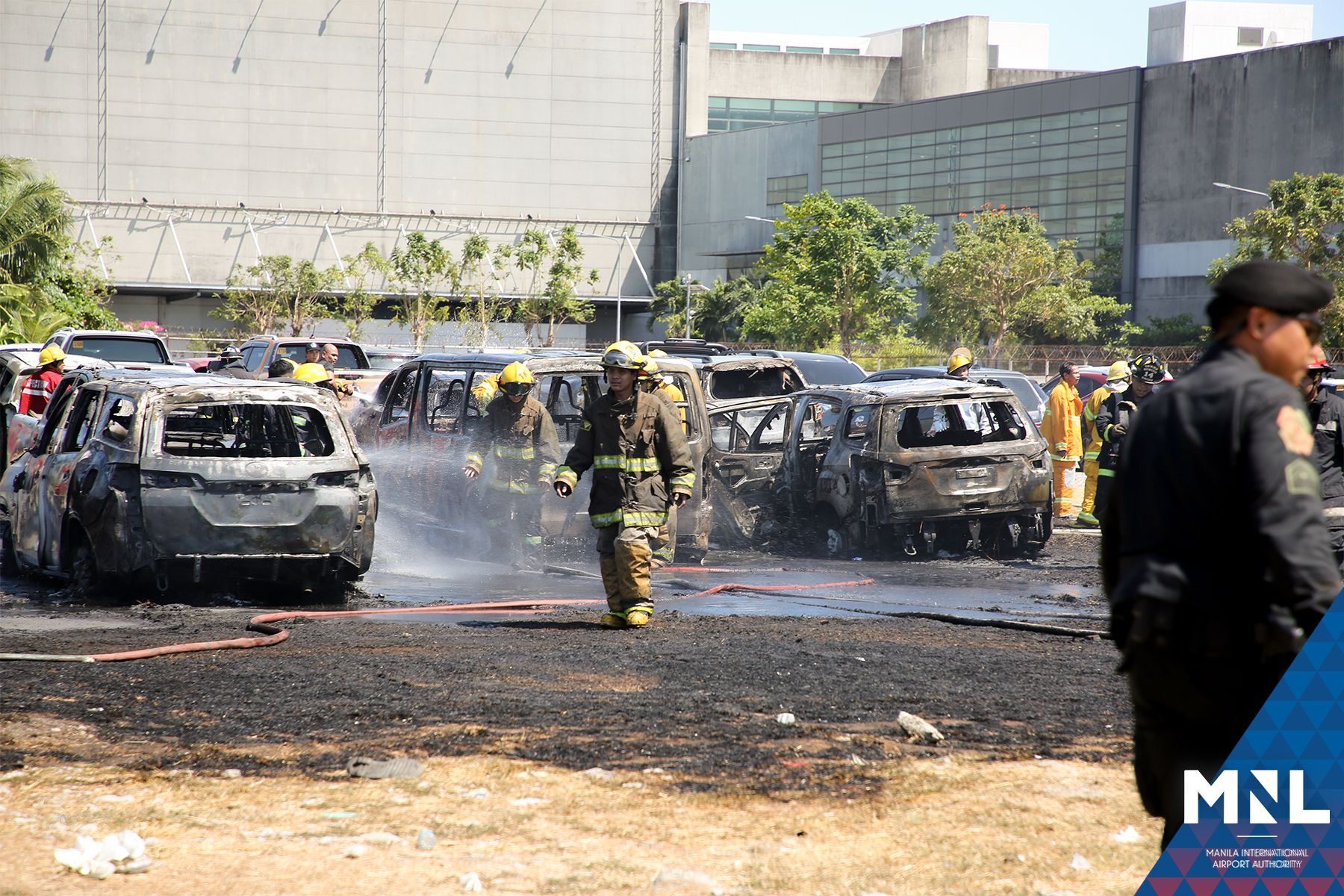
MANILA, Philippines – A fire that broke out Monday, April 22, in the parking lot extension of the Ninoy Aquino International Airport (NAIA) damaged 19 vehicles.
According to unofficial reports gathered by MIAA, the fire originated from a “small grass fire” that rapidly grew and burned 19 vehicles in Terminal 3’s extension parking lot, which is unpaved and surrounded by grass. Photos and videos of the area show that multiple vehicles were completely charred by the blaze.
The MIAA Rescue and Firefighting Division declared fire out at 1:57 pm. No one was reported hurt or injured.
The Manila International Airport Authority (MIAA) first received a report about a fire in the area at 1:28 pm on Monday. Five firetrucks were immediately deployed, and the fire was placed under control by 1:40 pm.
The Bureau of Fire Protection is currently investigating the cause of the fire.
“Statements from the parking lot attendant and airport security directing traffic in the Terminal 3 vicinity as well as those assigned to adjacent parking lots will be taken to shed light on what happened,” the MIAA said in a statement issued on Monday.
“We are relieved to know that no one was hurt or injured in the incident. I have directed all pertinent MIAA units to give their full support to the BFP for the speedy completion of their investigation,” MIAA General Manager Eric Ines added. – Rappler.com
Add a comment
How does this make you feel?
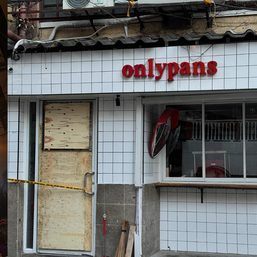
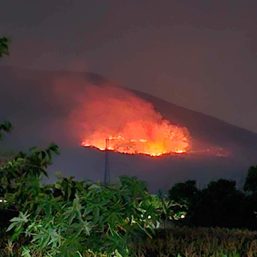
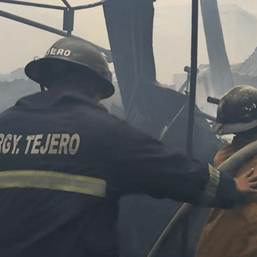
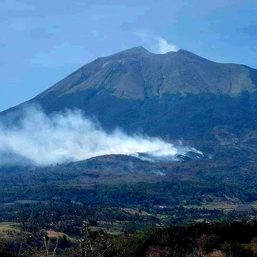
There are no comments yet. Add your comment to start the conversation.